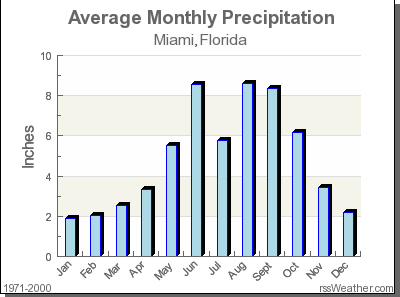Organizational climate is an intricate construct that encapsulates the shared perceptions and attitudes of employees within a workplace. It fundamentally shapes the overall atmosphere of an organization and significantly impacts employee behavior, satisfaction, and ultimately, productivity. Understanding this concept is crucial for foster positive workplace environments that facilitate success and growth.
The organizational climate is often characterized by an array of factors, including leadership styles, communication patterns, corporate culture, and employee engagement levels. Each organizational climate reflects its unique context and influences both internal and external stakeholders. When employees perceive their work environment positively, marked by trust, collaboration, and shared goals, the organization is more likely to reap the benefits of enhanced performance and morale.
One essential aspect of organizational climate is the alignment between the company’s values and the employees’ perceptions of those values in practice. For instance, a company that espouses innovation must also encourage risk-taking and creativity among its team. If employees feel stifled or constrained by strict rules, a disconnect forms, leading to a negative organizational climate that devalues their contributions.
The workplace atmosphere can be likened to a barometer that gauges the emotional state of an organization. When the atmosphere is vibrant and inclusive, employees feel empowered to express their thoughts, engage in open dialogues, and collaborate effectively. Consequently, such environments tend to be more adaptable, resilient, and innovative. In contrast, a toxic workplace characterized by fear, isolation, and distrust breeds disengagement, resistance to change, and a general decline in productivity.
Research indicates that organizational climate directly influences employee retention rates and job satisfaction. When individuals feel emotionally connected to their workplace, they are more likely to remain loyal to their employer. This connection is forged through relationships cultivated among peers and through recognition from leadership. Celebrating achievements, encouraging professional development, and fostering an environment rich in mentorship are all integral components that contribute positively to organizational climate.
The interplay between organizational climate and leadership cannot be overstated. Leaders often set the tone for the work environment. A transformational leader who inspires and motivates their team can cultivate a climate conducive to innovation and excellence. Conversely, a transactional leadership approach focuses on tasks and compliance, which can stifle creativity and reduce morale. As organizations increasingly recognize the importance of a supportive climate, the demand for emotionally intelligent leaders has surged.
Addressing the common observation of workplace discontent reveals deeper insights into the nexus between climate and success. Employees are likely to experience dissatisfaction when they perceive a lack of purpose or direction in their roles. When organizational mission and vision resonate with employees, they find meaning in their work, enhancing productivity and fostering loyalty. Creating an environment that emphasizes individual contributions to larger goals can significantly elevate organizational climate.
Moreover, communication plays a pivotal role in shaping the organizational atmosphere. In effective organizational climates, transparency and open dialogue are the norm. Employees should feel safe expressing their concerns and ideas without fear of retribution. Organizations that prioritize robust communication structures empower employees, leading to more innovative solutions. Regular feedback loops and team brainstorming sessions can break down silos and create a community based on trust and shared knowledge.
Organizations facing rapid change must attend to their climate with particular vigilance. Change can induce uncertainty and stress, which may lead to a deteriorating climate if not managed effectively. It is essential for leaders to communicate changes clearly and encourage employee involvement in the transformation process, which can mitigate resistance and facilitate smoother transitions. The adaptability of an organization is directly linked to its climate; hence fostering a climate receptive to change can yield significant competitive advantages.
Furthermore, diversity and inclusion are critical components in creating a positive organizational climate. Embracing diverse perspectives enriches decision-making processes and fosters creativity. A workplace that prioritizes diversity creates opportunities for individuals from varied backgrounds to contribute. This not only enhances organizational effectiveness but also reflects a commitment to equity, which can significantly improve the overall atmosphere.
Beyond individual behaviors and attitudes, the physical workspace also influences organizational climate. The design and layout of the workplace can either enhance collaboration or impede interaction. Open workspaces with areas designated for teamwork promote engagement, while isolated environments may lead to a counterproductive atmosphere. Investing in a space conducive to collaboration can reflect the organization’s commitment to creating a positive climate.
To conclude, the concept of organizational climate is multifaceted, encompassing various elements that collectively shape the workplace atmosphere. Its effect on employee behavior, satisfaction, and overall organizational success cannot be underestimated. Leaders must recognize their significant role in shaping a nurturing environment that aligns with organizational values, fosters open communication, and embraces diversity. By focusing on these critical areas, organizations can create climates that not only enhance productivity but also foster inclusion and innovation, ultimately paving the way for sustainable success.








